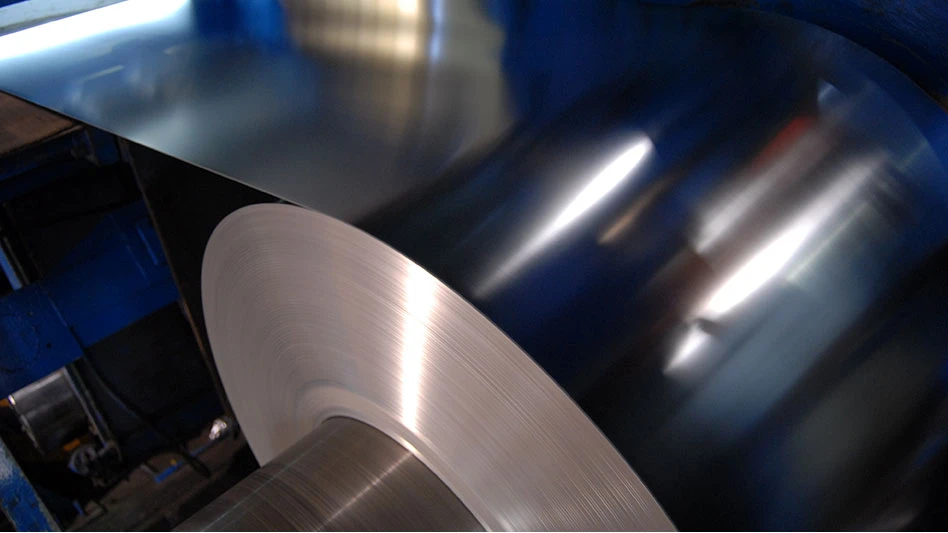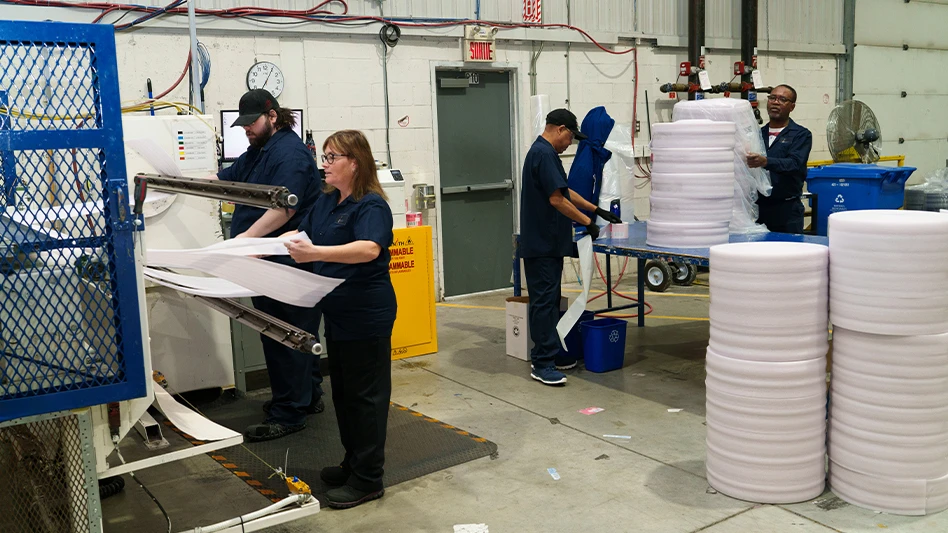For the second consecutive month, ferrous scrap markets demonstrated a split personality, with prompt grades surging in price while obsolete grades actually moved backwards.
In June, buyers on the spot market paid an average of $66 per ton more for prompt grades of scrap, with prices reaching $780 per ton. During the same buying period, however, mill buyers paid some $20 less per ton for shredded scrap and the No. 1 HMS grade.
Spot market prices compiled by Management Science Associates (MSA), Pittsburgh, through its Raw Material Data Aggregation Service (RMDAS), demonstrate the contrary supply situations of new production scrap (used to define the RMDAS prompt industrial composite grade) vs. obsolete scrap that is generally fed into shredders or included in the No. 1 HMS grade.
"The difference in prime and obsolete [pricing] continues to widen," observes one scrap buyer. He says that a look at inventories at scrap yards point to the difference. "Some of the shredders are overrun with material—they can buy all that they want," he notes.
The situation, if not unprecedented, is certainly uncommon. "Historic knowledge goes out the window because the need for prime scrap is out the window," remarks the recycler. "Mills continue with high demand; it’s great as long as you can produce the scrap."
Global mill demand remains intense. Figures for May compiled by the IISI (International Iron and Steel Institute), Brussels, show nearly 120 million metric tons of steel were produced that month, with a staggering 46 million tons of that made in China. China’s production was up 10.5 percent compared to the month of May 2007.
Speaking to delegates at the Bureau of International Recycling (BIR) Ferrous Division session, which took place in early June in Monte Carlo, Anton Van Genuchten of Germany’s TSR GmbH & Co. remarked, "Only one thing can stop this demand [for scrap], and that is an end in demand for steel products."
Van Genuchten and other panelists pointed to the healthy operating environment for steelmakers as a key reason for record-high pricing.
"This pricing is based on very firm worldwide demand," said Van Genuchten. The German recycler also showed a chart demonstrating that Turkish steelmakers have been able to maintain their margins and successfully charge more for their steel, despite their higher scrap costs. "I’m not hearing of anyone closing [steel mills] there," he added.
On the supply side, Blake Kelley of Sims-Metal Management noted that in the United States the slowdown in both construction and automotive production has strained the prompt scrap supply. That situation is not likely to improve in the summer when automakers switch production to the next model year.
Kelley remarked that Chrysler’s June auto bundles sold for an additional $70 per ton over the May prices. That trend is likely to hold, he said, "unless there is an increase in generation of this type of scrap."
The obsolete grades have been lagging in price, but that could change if "domestic consumers begin to realize how much scrap has been lost to overseas consumers," said Kelley.
Another trend in the United States has been integrated steelmakers buying more scrap, perhaps because of difficulties sourcing iron ore and pig iron as well to cut back on carbon emissions and energy use. "Each 1 percent of integrated supply switching causes an 8 percent growth in overall scrap consumption," Kelley remarked.
Steelmakers seeking ferrous scrap will find less of it being exported from Russia and Ukraine, according to Roman Genkel of Russia’s PG Mair. Steelmakers there have invested in 4 million tons of new production capacity, half of which is coming online in 2008.
Russia is also increasing export tariffs on ferrous scrap, contributing yet another factor to the world’s high prices and tight supply.
As high as prices have been, Van Genuchten said he believed they still have room to grow. "We believe the biggest prices for scrap will be in the second half of 2008," he declared.
Guest speaker Mika Saariaho of the IISI gave an overview of the health of the global steel industry and remarked that the organization’s 180 member companies view recycling as critical. The organization’s vision is phrased, "A sustainable steel industry in a sustainable world."
A shortage of scrap is Saariaho’s concern. "By 2012, arisings of scrap will eventually fall short of needs," he stated.
Having heard the bullish remarks from panelists, BIR Ferrous Division President Christian Rubach of Germany’s Interseroh commented, "I think we’re all convinced we’re in the right industry. The future looks good."
(Additional news about ferrous scrap, including breaking news and consuming industry reports, is available online at www.RecyclingToday.com.)

Explore the July 2008 Issue
Check out more from this issue and find your next story to read.
Latest from Recycling Today
- Nucor names new president
- DOE rare earths funding is open to recyclers
- Design for Recycling Resolution introduced
- PetStar PET recycling plant expands
- Iron Bull addresses scrap handling needs with custom hoppers
- REgroup, CP Group to build advanced MRF in Nova Scotia
- Oregon county expands options for hard-to-recycling items
- Flexible plastic packaging initiative launches in Canada





